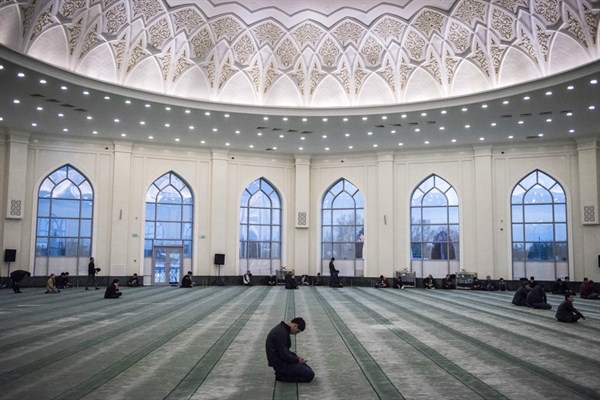Last November, a gunfight at a security checkpoint along Tajikistan’s border with Uzbekistan left 15 masked assailants and five Tajik security forces dead—at least according to the government’s official account. The Tajik authorities immediately blamed the Islamic State for the attack, which it said originated from Afghanistan. Some journalists with longtime experience in the region remained cautious and skeptical. But other outlets and news agencies with far bigger readerships uncritically relayed the government’s narrative, while adding wildly exaggerated estimates of the number of Central Asians fighting with the Islamic State in Afghanistan.
Only later, after the international media had turned its spotlight elsewhere, did a local Tajik-language news agency, ASIA-Plus, report details of the incident that completely undermined the government’s version of events. Comparing various articles in the local media that included sources in the Tajik security services and interviews with local people, plus some open-source image analysis, ASIA-Plus documented not a well-organized attack by the Islamic State, but a one-sided massacre by security forces of a group mostly comprised of women and children, whose motivations for trying to enter Tajikistan are still unclear.
Nevertheless, the incident, like others over the past decade, was used by alarmists to warn of a coming wave of Islamist terrorism threatening the states of Central Asia. Over the years, some of these doomsayers have argued that militants could cross the border from Afghanistan at any time and topple the secular governments of the region. Others have been more measured, pointing only to the possibility of a future filled with violence, without predicting state collapse.

